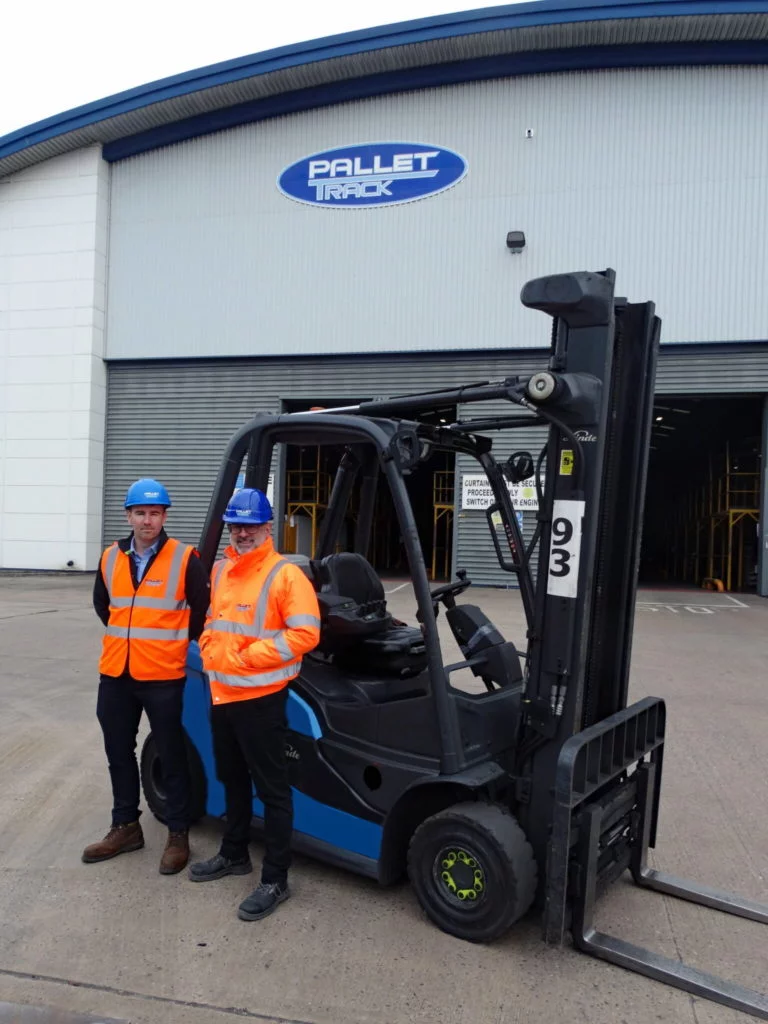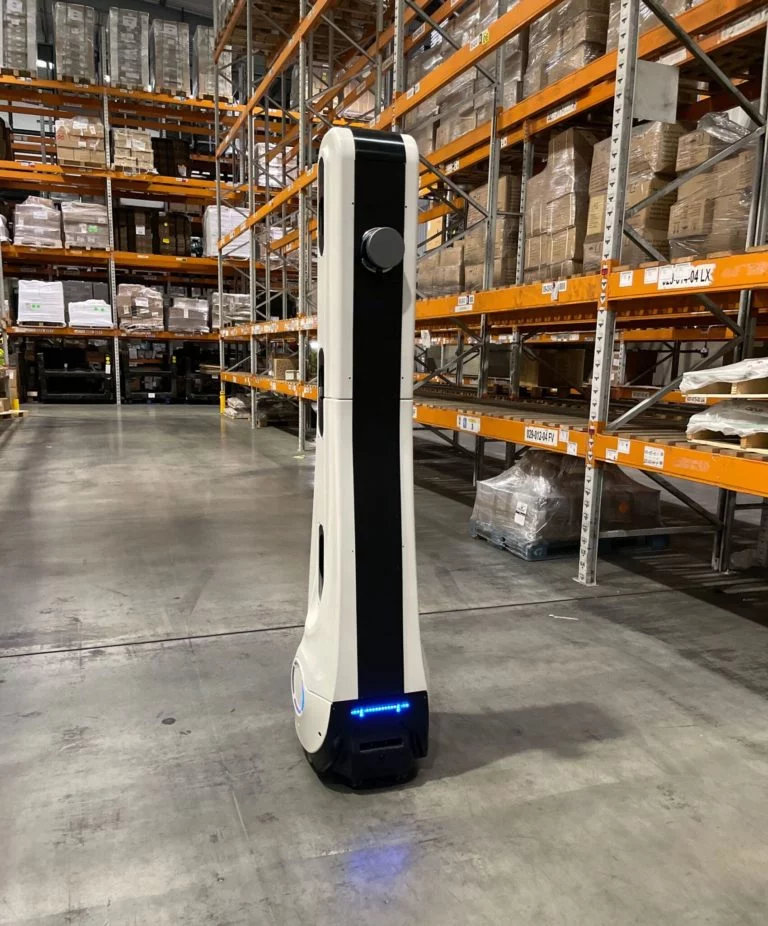Technological changes are affecting the port and logistics industries. New IT systems have been introduced at the Rotterdam and Antwerp seaports, where containers are released based on digital identity verification.
Containers have traditionally been released by shipowners to recipients using paperwork and signatures. Now the process can be done electronically. The Secure Container Release (SCR) system is now used in the Rotterdam seaport in the Netherlands. Using digital blockchain tokens, the release of containers takes place without the use of a PIN code while maintaining security and identity control through an ID wallet.
From 1st July 2021, a digital, integrated solution for releasing containers was also implemented in Antwerp, Belgium. The Certified Pick-up (CPu) platform has abandoned PIN codes in favour of verifying identity with Alfapass and finger scans. The process ensures transparent importation operations for containers as they are unloaded from seagoing vessels and sent on by road, rail, or inland waterway to the final recipient.
“In June, AsstrA’s European Container Division team underwent training with the port of Antwerp. If a logistics company doesn’t have its own operating system dedicated to maritime transport, then it can use the port’s Internet platform. In the future, we plan to launch our own sea transport software system that can be integrated with the port’s,” explains Marta Mikuszewska-Wasiak (pictured), Head of Sea Freight for Western Europe at AsstrA’s Warsaw office.
Europe’s top two seaports are in Rotterdam and Antwerp. In the first quarter of 2021, Rotterdam transshipments amounted to 114.8 million tons of cargo, a 3% increase over the previous year. At the same time, Antwerp recorded a 2.3% increase in TEU container handling and 0.6% more cargo tonnage.
The new technological solutions are intended to increase efficiency and safety for the parties involved in the container importation process. For shipping companies registered in either port’s platform, shipment release is performed electronically for the container carrier. Subcontractors receive information about fee payments, port exemptions, customs issues, and updates about loads’ readiness to be collected.
“More efficient container releases at the port mean deliveries are faster and easier. Thanks to this, we are able to inform customers faster about customs issues, e.g. whether a container has been selected for inspection or scanning. The platform uses a green/red light to show how the overall logistics chain is proceeding,” summarises Marta Mikuszewska-Wasiak.
















